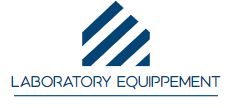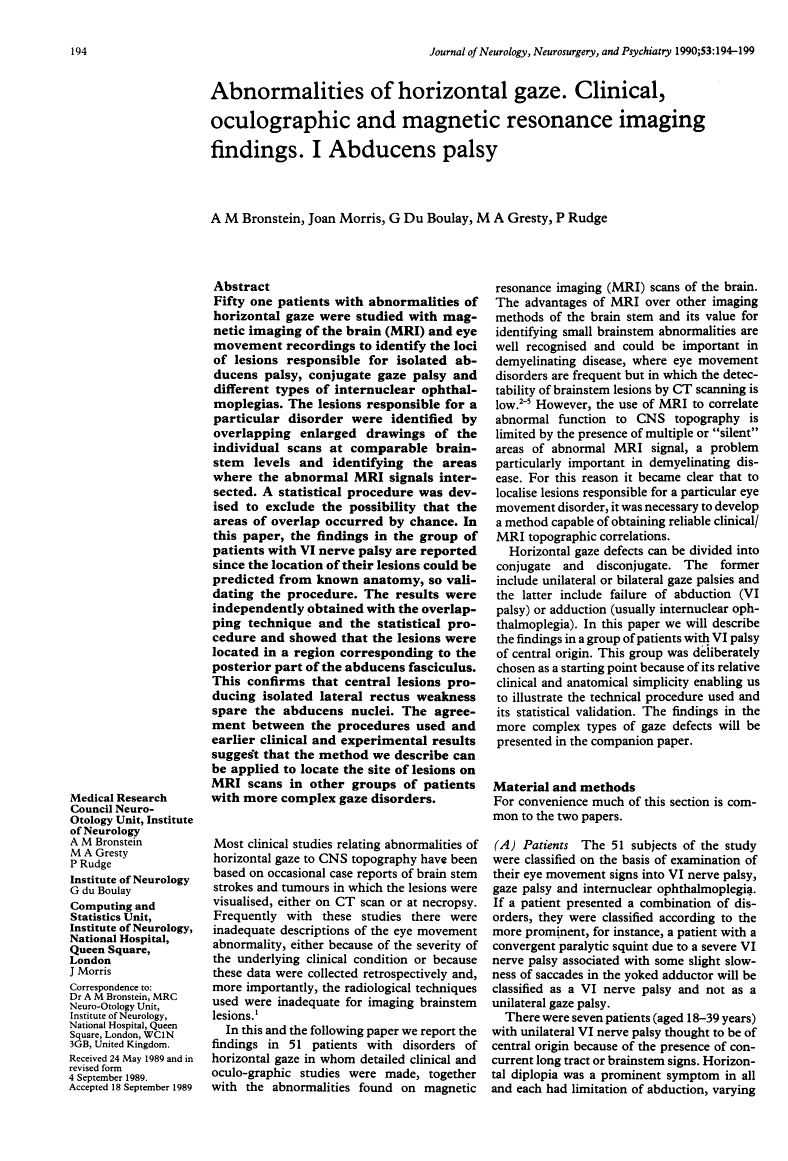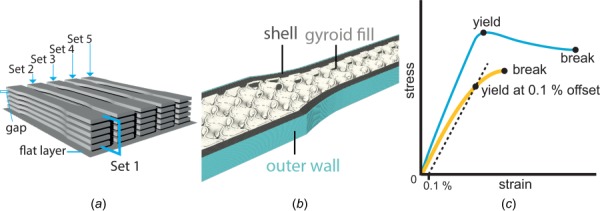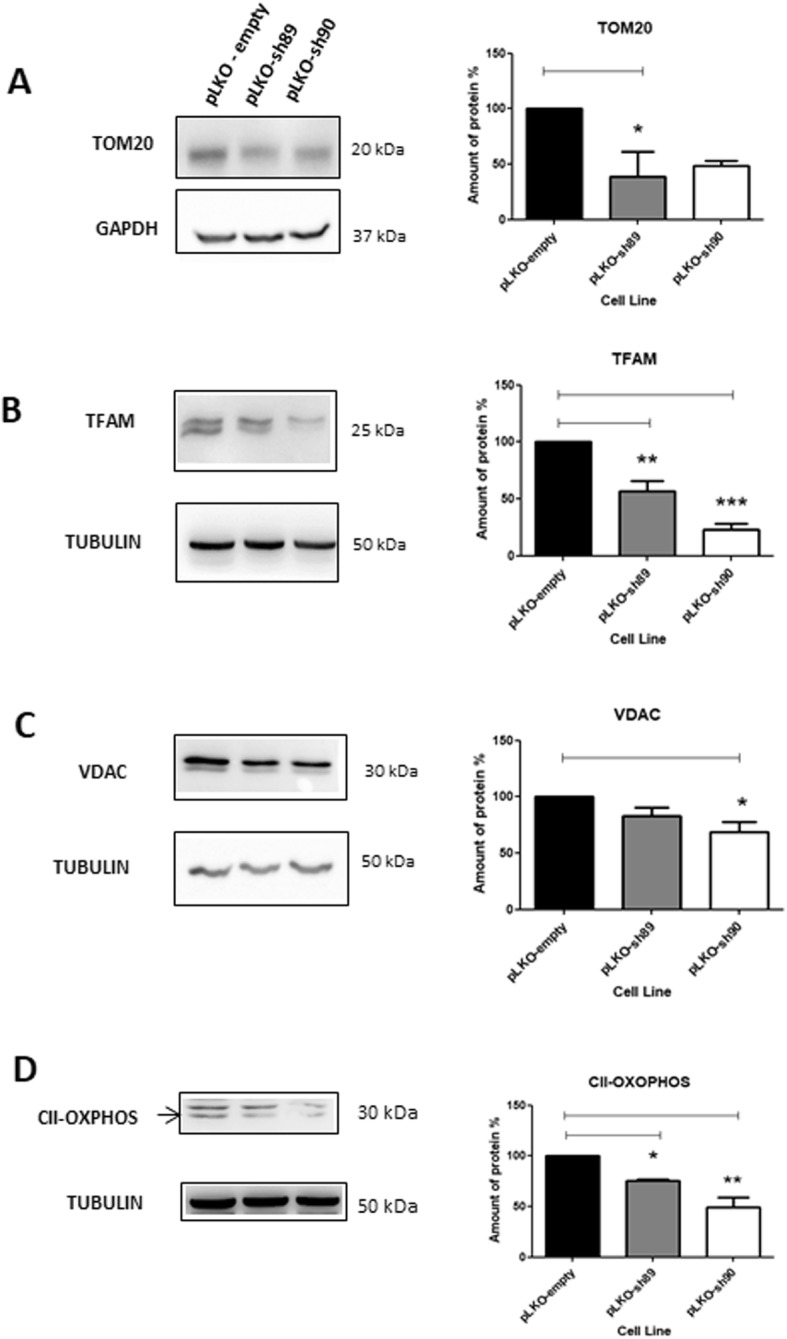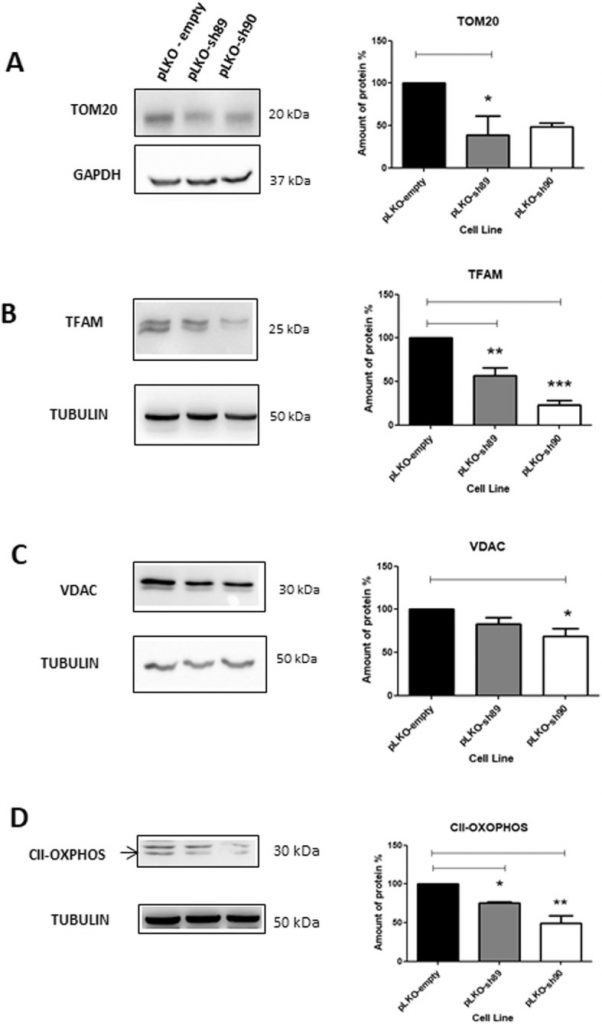Abnormalities of horizontal gaze. Clinical, oculographic and magnetic resonance imaging findings. I. Abducens palsy.
Fifty one sufferers with abnormalities of horizontal gaze had been studied with magnetic imaging of the mind (MRI) and eye motion recordings to determine the loci of lesions chargeable for remoted abducens palsy, conjugate gaze palsy and differing kinds of internuclear ophthalmoplegias.
The lesions chargeable for a halficular dysfunction had been recognized by overlapping enlarged drawings of the person scans at comparable brain-stem ranges and figuring out the areas the place the irregular MRI indicators intersected.
A statistical process was devised to exclude the chance that the areas of overlap occurred by likelihood. In this paper, the findings within the group of sufferers with VI nerve palsy are reported because the location of their lesions may very well be predicted from identified anatomy, so validating the process.
The outcomes had been independently obtained with the overlapping approach and the statistical process and confirmed that the lesions had been positioned in a area comparable to the posterior half of the abducens fasciculus.
This confirms that central lesions producing remoted lateral rectus weak point spare the abducens nuclei. The settlement between the procedures used and earlier medical and experimental outcomes recommend that the strategy we describe might be utilized to find the location of lesions on MRI scans in different teams of sufferers with extra complicated gaze issues.
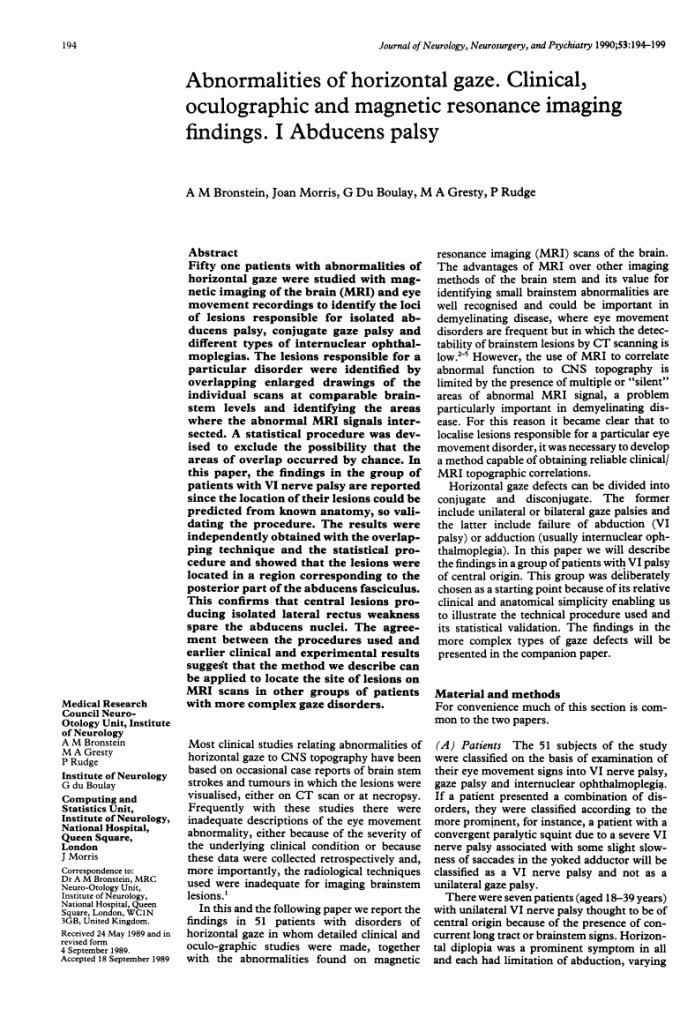
Thyrotropin-releasing hormone inhibits GH4 pituitary cell proliferation by blocking entry into S section.
TRH inhibits the proliferation of GH4 rat pituitary cells. We have characterised TRH inhibition of cell proliferation by 4 approaches: cell quantity, [3H]thymidine incorporation per tradition, bromodeoxyuridine (BrdUrd) incorporation per cell, and cell cycle distribution. TRH decreases GH4 cell quantity inside 18 h of remedy, and this inhibition is maintained for as much as 96 h. TRH inhibits [3H]thymidine incorporation into GH4 cell cultures as early as 12 h, and the inhibition of [3H] thymidine incorporation correlates, after a 6-h lag, with decreased GH4 cell quantity.
TRH inhibition of [3H]thymidine incorporation is focus dependent and saturable, with half-maximal inhibition (IC50) of 2 nM. TRH inhibition of [3H] thymidine incorporation is receptor quantity dependent as much as 160,000 websites/cell, suggesting no spare receptors for TRH on GH4C1 cells.
The exact motion of TRH on GH4 cell proliferation was examined by move cytometry of fluorescein isothiocyanate-anti-BrdUrd- and propidium iodide-DNA stained cells. TRH inhibits the quantity of cells that incorporate BrdUrd and not the quantity of BrdUrd included per cell.
Dual evaluation signifies that the decreased anti-BrdUrd staining is basically restricted to cells within the early S section. This motion of TRH is extended (better than 32 h) and ends in a parallel improve within the quantity of cells in G2-M and G1. These findings point out that TRH inhibits GH4 cell proliferation at the very least in half by inhibiting the quantity of cells coming into the S section.
